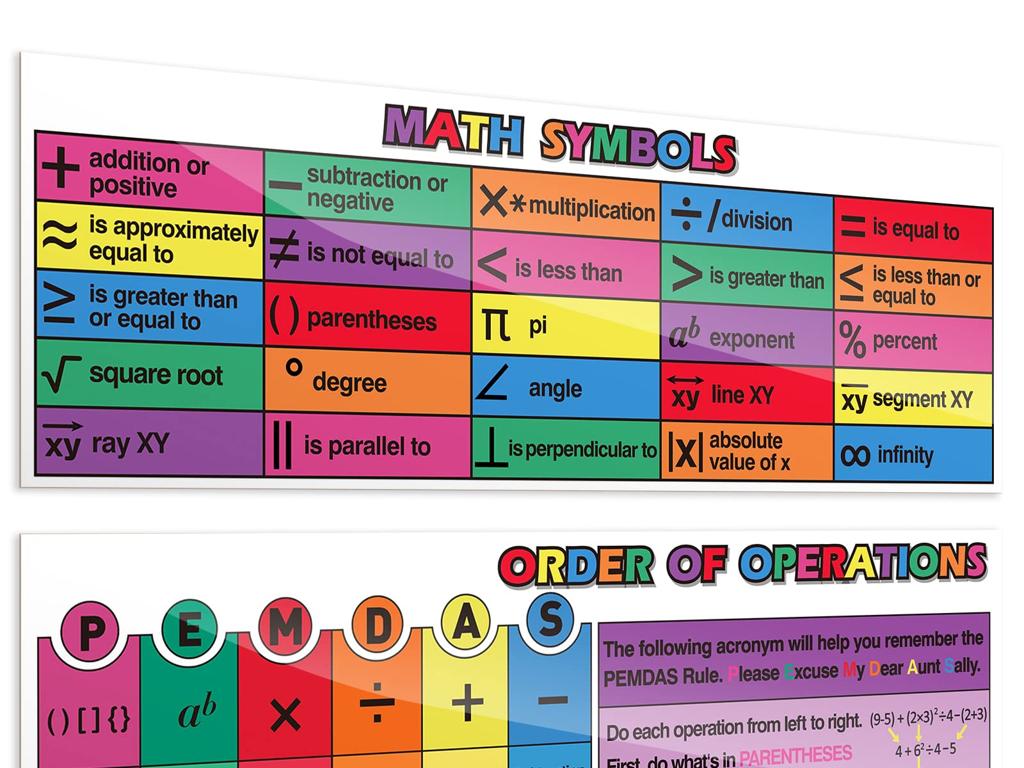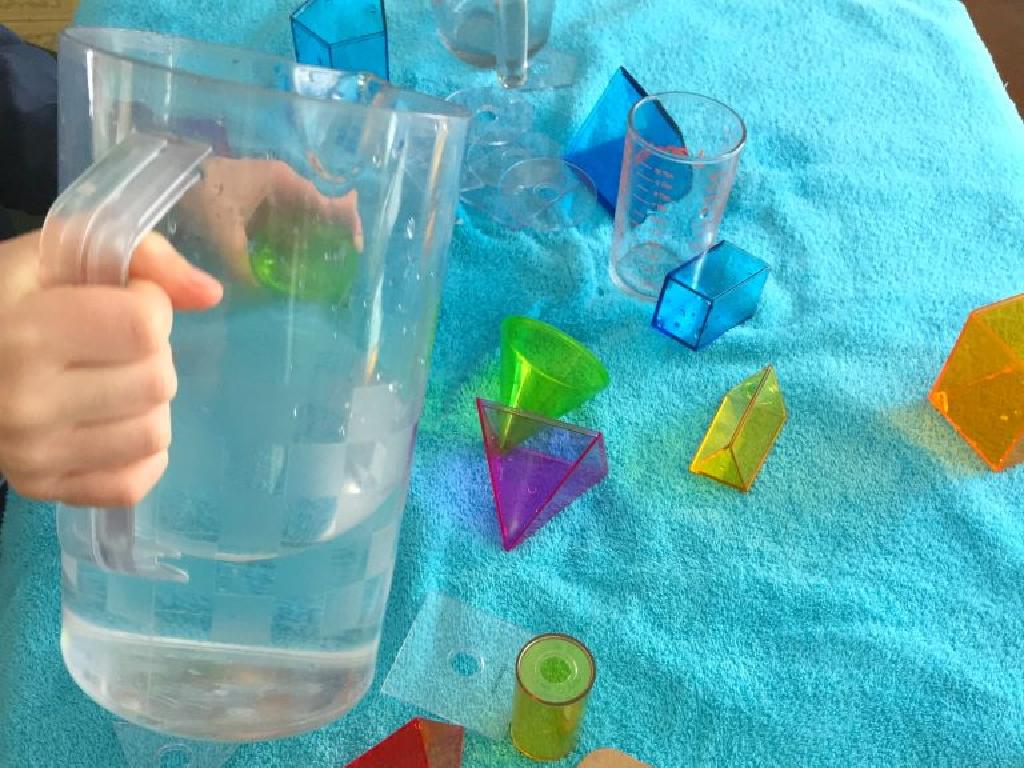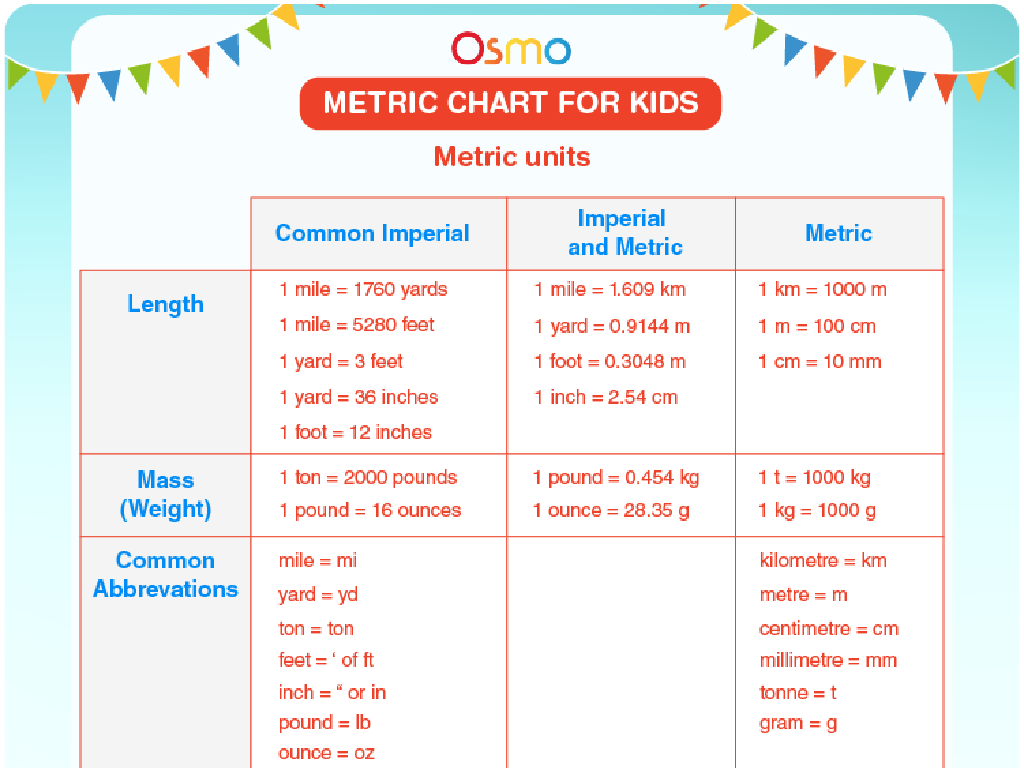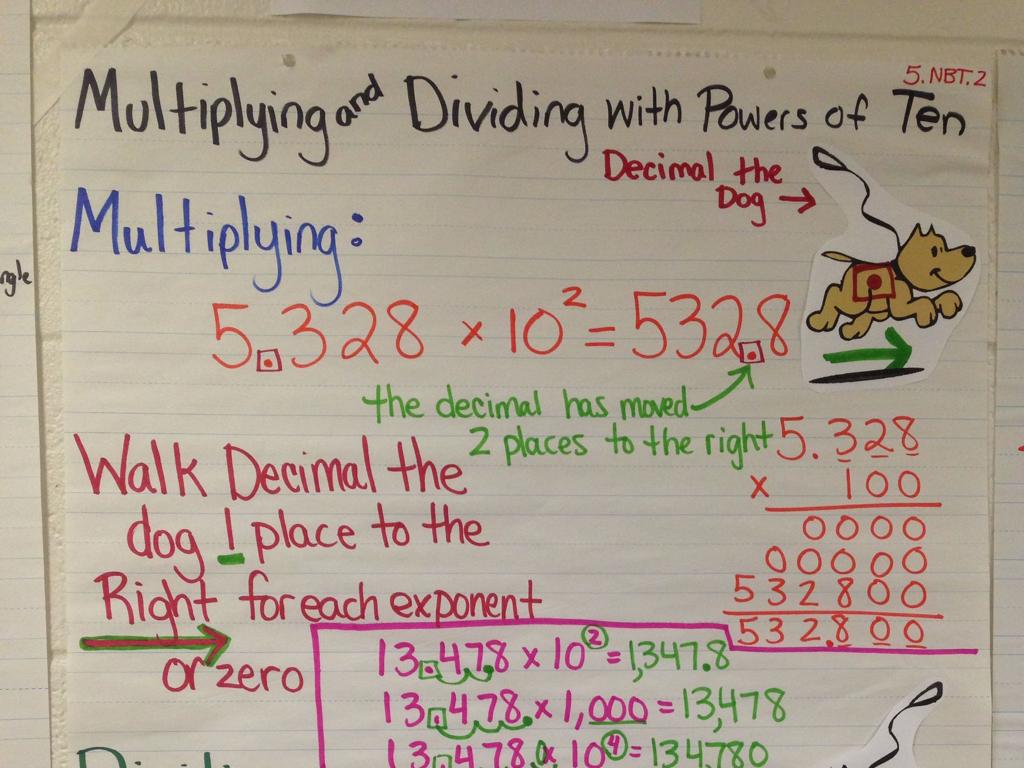Choose The Short I Sentence That Matches The Picture
Subject: Language arts
Grade: Kindergarten
Topic: Short I
Please LOG IN to download the presentation. Access is available to registered users only.
View More Content
Welcome to Short ‘i’ Sounds!
– Learn about the short ‘i’ sound
– ‘i’ as in ‘fish’, ‘pig’, ‘mitt’
– Examples: ‘sit’, ‘hit’, ‘lip’, ‘kit’
– Practice finding the short ‘i’
– We’ll spot the short ‘i’ in different words
– Listen and repeat exercises
– We’ll say words together and listen for the sound
|
This slide introduces the short ‘i’ sound to Kindergarten students, which is a fundamental concept in phonics. Start by explaining the sound and providing clear examples such as ‘fish’, ‘pig’, and ‘mitt’. Use visual aids like pictures of these items to help students connect the sound to familiar objects. Engage the class in practice exercises where they find and say words with the short ‘i’ sound. Incorporate listening and repeating activities to reinforce their learning. Make sure to speak clearly and encourage students to mimic the pronunciation. This interactive approach helps students recognize and pronounce the short ‘i’ sound correctly.
Listening to the Short ‘i’ Sound
– Listen to words with short ‘i’
– Repeat words: sit, hit, lip, win
– Say each word after the teacher
– Recognize the short ‘i’ sound
– Is the ‘i’ in ‘sit’ like in ‘hit’?
– Practice makes perfect
– Keep practicing to remember the sound!
|
This slide is designed to help Kindergarten students recognize and practice the short ‘i’ sound. Start by saying words with the short ‘i’ sound clearly and ask the students to listen carefully. Then, have them repeat the words after you to practice the pronunciation. Check for understanding by asking if they can hear the short ‘i’ sound in each word. Encourage them to practice these words both in class and at home to reinforce their learning. You can extend the activity by asking students to come up with other words that have the short ‘i’ sound or by finding objects in the classroom that have this sound in their names.
Matching Words to Pictures with Short ‘i’
– Look at pictures carefully
– Listen to the words I say
– Find words that match pictures
– Does the word fit the picture? Think about it.
– Listen for the short ‘i’ sound
– The short ‘i’ sounds like ‘ig’ in ‘pig’ or ‘it’ in ‘sit’.
|
This slide is designed to help Kindergarten students recognize the short ‘i’ sound in words and match them to the correct pictures. Start by showing a series of pictures to the class. Then, pronounce words that either contain the short ‘i’ sound or not. Ask the students to identify which words have the short ‘i’ sound that corresponds with the pictures shown. Reinforce the activity by reminding them that the short ‘i’ sound is like the ‘i’ in ‘pig’ or ‘sit’. Encourage participation and praise correct matches to build confidence. This activity will enhance their phonemic awareness and reading skills.
Matching Sentences to Pictures with Short ‘i’
– Look at each picture carefully
– Read sentences with short ‘i’ sound
– Words like ‘fish’, ‘sit’, and ‘lip’ have the short ‘i’ sound
– Match sentence to the right picture
– Does the sentence describe the picture? Choose the one that fits best!
– Practice the short ‘i’ sound
– Repeat the words to get familiar with the sound
|
This slide is designed for a class activity where students will practice identifying the short ‘i’ sound in words and matching sentences to pictures. Display pictures and corresponding sentences, ensuring each sentence includes a word with the short ‘i’ sound. Encourage students to say the sentences out loud and listen for the short ‘i’ sound. Guide them to choose the sentence that best describes the picture. This activity helps with phonemic awareness and reading comprehension. For the activity, consider having pictures of a fish, a kid sitting, and a lip, with corresponding sentences like ‘The fish is in the pond,’ ‘The kid sits on a log,’ and ‘Her lip is pink.’
Practice Time: Match the Picture!
– Look at the picture carefully
– Read all the sentences given
– Find the sentence with short ‘i’
– Short ‘i’ sounds like ‘igloo’ or ‘fish’
– Circle the matching sentence
– Use a crayon to circle the right one
|
This slide is for a class activity where students will apply their knowledge of the short ‘i’ sound to select sentences that describe a given picture. Teachers should ensure that each student has a clear view of the picture and can read or listen to the sentences read aloud. The teacher will guide the students to listen for the short ‘i’ sound in each sentence and identify which one correctly describes the picture. Encourage students to think about words they know with the short ‘i’ sound as they make their choice. After circling, students can share their sentences and discuss why they chose them. Possible activities include matching pictures to sentences on a worksheet, using magnetic letters to spell out words with the short ‘i’ sound, or drawing their own pictures to match given sentences.
Class Activity: Short ‘i’ Bingo
– Play Bingo with short ‘i’ words
– Listen for words with the short ‘i’ sound
– Cover the matching picture on your card
– Use beans or counters to cover images
– First to cover all pictures wins!
|
This slide introduces a fun and interactive Bingo game to help Kindergarten students recognize and practice the short ‘i’ sound. Prepare Bingo cards in advance with pictures that represent words with the short ‘i’ sound (e.g., ‘fish’, ‘pig’, ‘sit’, ‘lip’). During the game, say words out loud and have students listen carefully for the short ‘i’ sound. If they have the corresponding picture on their card, they should cover it with a bean or counter. The game continues until a student covers all the pictures on their card and shouts ‘Bingo!’. This activity not only reinforces phonemic awareness but also encourages attentive listening and participation. After the game, discuss the words used and the importance of the short ‘i’ sound in each one. Possible variations of the game can include using different words, playing in small groups, or having students take turns calling out the words.
Congratulations on Learning Short ‘i’!
– You’ve learned the short ‘i’ sound!
– Now you can hear the short ‘i’ in words.
– Listen for the ‘i’ in ‘fish’, ‘sit’, and ‘win’.
– Keep practicing your short ‘i’ sounds.
– Try reading books with short ‘i’ words.
– You’re on your way to becoming an expert!
|
This slide is a celebration of the students’ achievement in learning the short ‘i’ sound. It’s important to praise their effort and encourage them to continue practicing. Reinforce the concept by reminding them to listen for the short ‘i’ sound in everyday words and during reading sessions. Provide them with simple short ‘i’ word lists or books suitable for their reading level to take home. Plan a few short ‘i’ focused activities for the next class to reinforce their learning. Remember, consistent practice is key to mastering the short ‘i’ sound.






